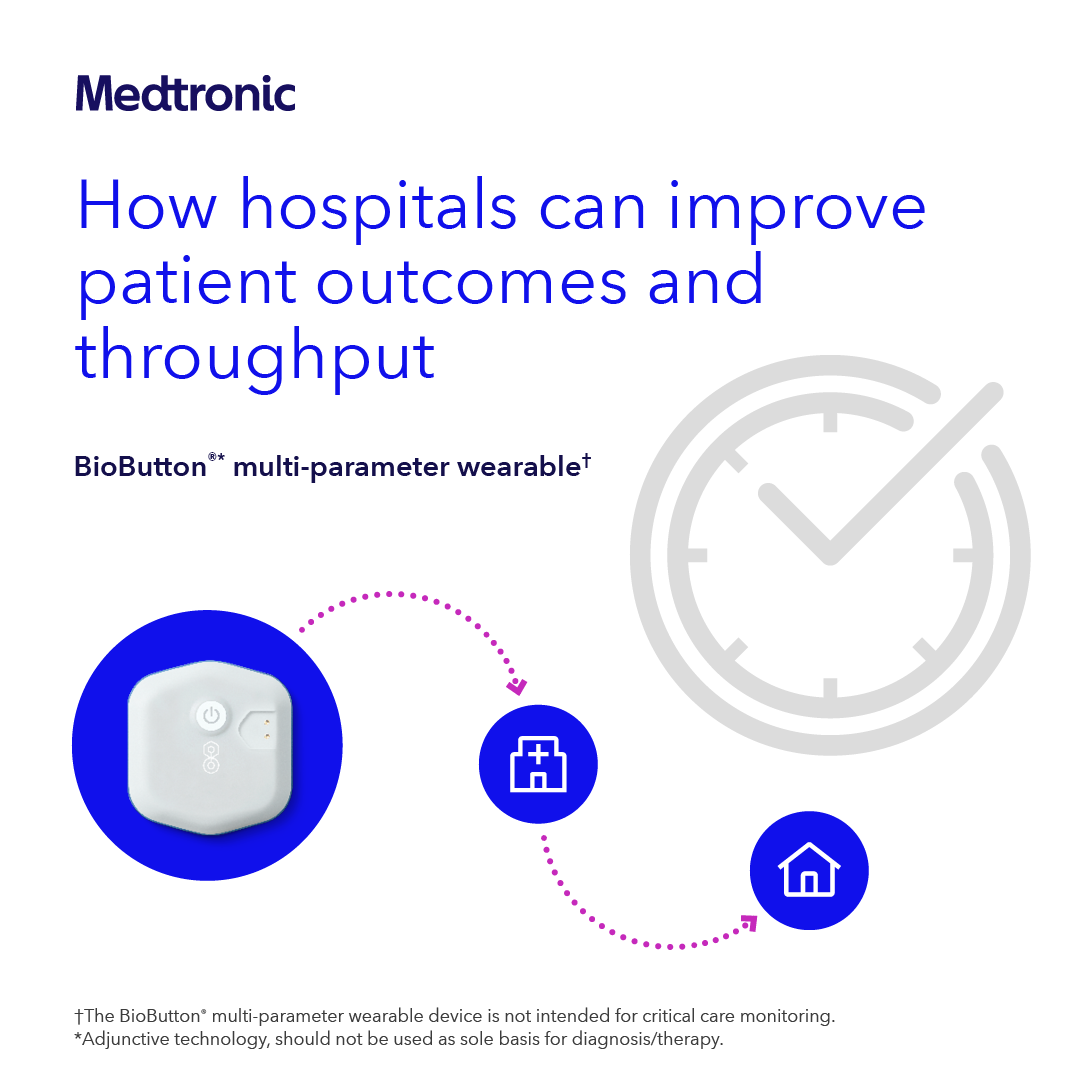Transgender Affirmation Surgeries

Today on National Transgender Remembrance Day (November 20), I would like to talk to you about taking care of transgender affirmation surgical patients.
My unit has the privilege and honor of caring for individuals who have undergone affirmation surgery. We currently care for individuals undergoing Vaginoplasties. We did specialized training in sensitivity, cultural differences, and the care of surgical sites.
The first vaginoplasty was preformed at my facility in early September. We have a set post-operative care plan in place from post-op day 0 to post-op day 7 when the patient is discharged.
Post-op day 1 to 5 include assessing the surgical site, monitoring vitals, bed rest for three days, patient education on what to expect on day 5, and pain expectation education. Our patients are prescribed a Patient Controlled Analgesic (PCA) for pain control as well as a multimodal approach.
With any surgery we want to monitor bowl function, for this we use bedpan for day 1 and 2.
On post-op day 3 the patient can sit on the toilet. Care of the Foley catheter is incredibly important as it stays in until post-op day 6.
The Jackson-Pratt (JP) drain, and wound vac will be in place until post-op day 4.
Post update 5 is when the use of dilators begins and patients will begin to perform vaginal douche twice a day, surgeons will assist with the first time. Post-op day 5 also includes discontinuation of the PCA and switching to oral analgesics, the patient can shower, and the JP drains and wound vac are discontinued unless out-put is too great.
Post-op day 6 is when the foley catheter is removed.
Last is day of discharge which occurs on post-op day 7.
Having a post-operative plan in place is great, especially when it comes to updating the white boards in the room, but what about the patient as an individual? Since starting this we have had great success with connecting on a personal level with our patient and making them, and us, feel comfortable.
Nurse driven education took place inclusive of the LGBTQIA community, terminology, and terminology specific to the transgender community. Example, I am a queer, nonbinary person, who uses the pronouns they/them/their, my husband identifies as a Bisexual, Cis Male, He/Him/His.
To learn more for yourself, please go to transstudent.org or you can access Connor Wesley, BSN, RN, annual convention presentation “Supporting Transgender Patients in Health Care” in the AMSN Online Library.
My colleagues had a little more difficulty grasping these and other terms. The one thing that they all found to be easy was to apologize if they had misspoken and move on. They understand that they will make mistakes and that is okay, but to not linger on it and make a huge deal about it.
Most of my co-workers would misgender and misspeak about a patient on a regular prior to us caring for this patient population and now, we just correct them and move on.
We will continue to take great pride and honor in caring for these surgical patients and being apart of making someone comfortable in their own body.



